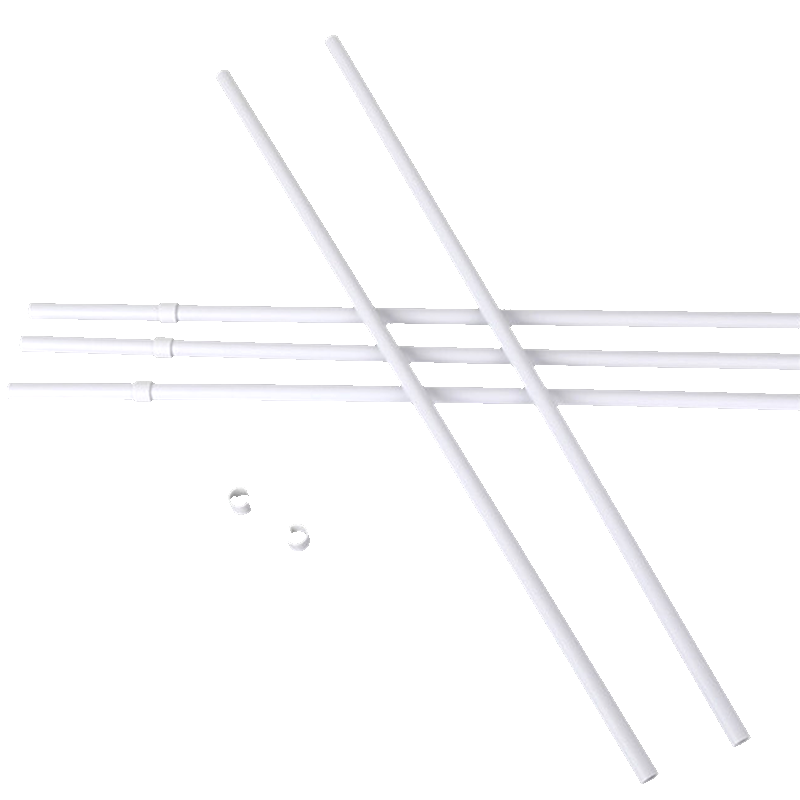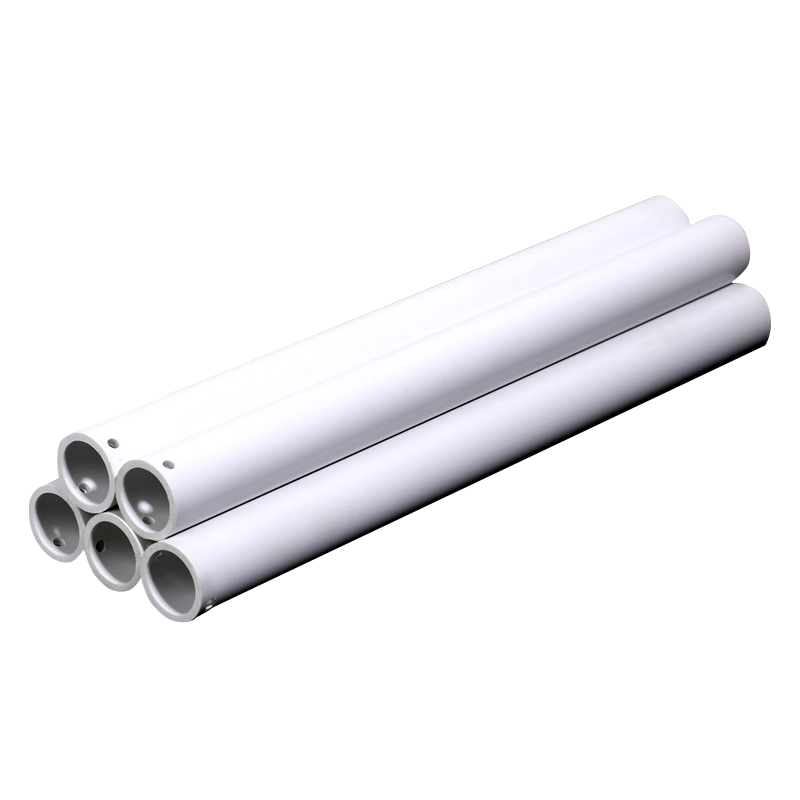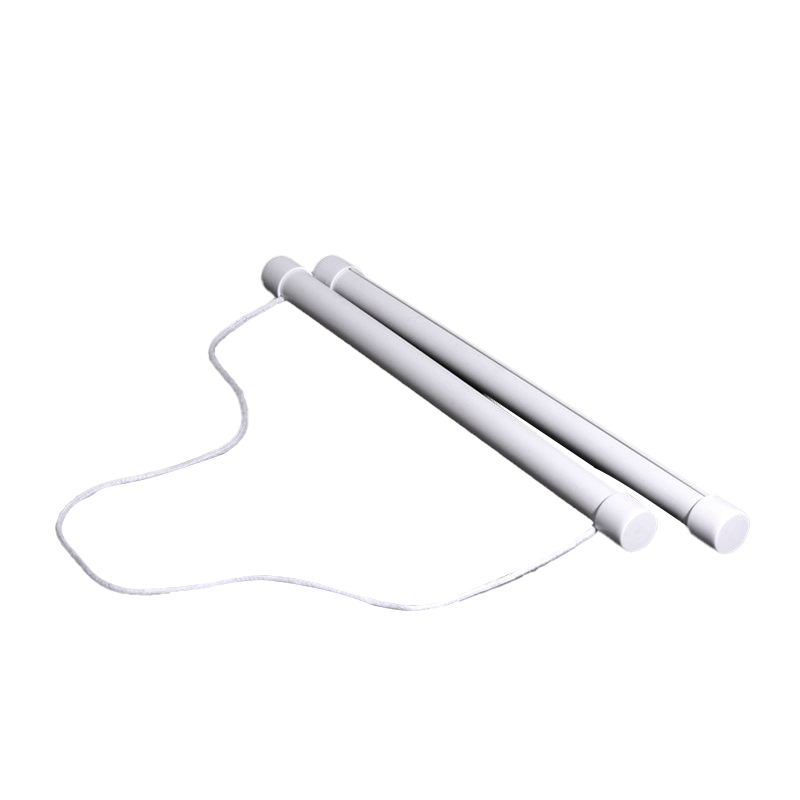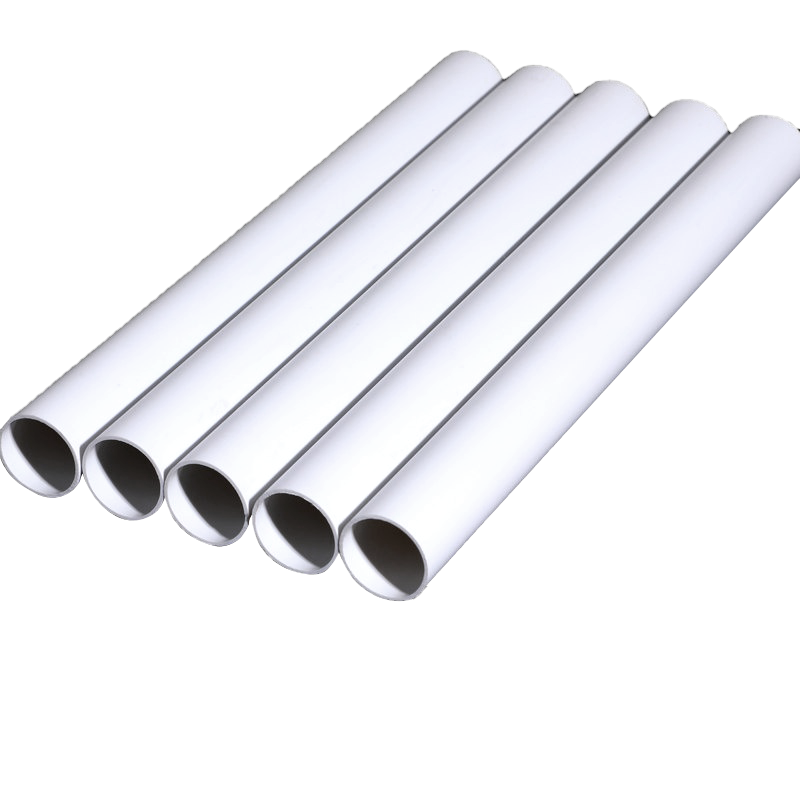Search by posts
Product category
Industry News
 By Admin
By Admin
Why are plastic pipes widely used in water pipe systems?
Introduction to Plastic Pipes in Water Systems
Plastic pipes have become an essential component in modern water pipe systems, widely used in both residential and commercial applications. Their popularity stems from several key factors that make them the preferred choice over traditional materials like metal or clay. In this article, we will explore the various advantages that plastic pipes offer for water transportation systems.
Advantages of Plastic Pipes for Water Systems
Plastic pipes, including PVC (Polyvinyl Chloride), PPR (Polypropylene Random Copolymer), and HDPE (High-Density Polyethylene), offer a range of benefits that make them ideal for transporting water. Some of the key advantages include:
1. Durability and Longevity
Plastic pipes are highly durable and resistant to corrosion, unlike metal pipes that can rust over time. This resistance to corrosion makes them ideal for water systems, as they will not degrade when exposed to moisture or chemicals commonly found in water. As a result, plastic pipes have a much longer lifespan, often exceeding 50 years with proper installation and maintenance.
2. Cost-Effectiveness
The cost of plastic pipes is generally lower than that of traditional materials like copper or steel. They are inexpensive to manufacture and transport, which contributes to a significant reduction in overall project costs. Additionally, the ease of installation and minimal need for ongoing maintenance further contributes to cost savings over the life of the system.
3. Lightweight and Easy to Handle
Plastic pipes are much lighter than their metal counterparts, making them easier to handle and transport during installation. The lightweight nature of plastic pipes also reduces the strain on labor and machinery during installation, ultimately lowering installation costs. This ease of handling allows for faster and more efficient project timelines.
4. Resistance to Scaling and Deposits
Unlike metal pipes, which can accumulate limescale and other mineral deposits over time, plastic pipes remain smooth and free from buildup. This resistance to scaling helps to maintain optimal water flow and reduces the need for frequent cleaning or maintenance of the pipes. The smooth interior surface of plastic pipes also prevents blockages and reduces the risk of clogs in water systems.
5. Flexibility and Versatility
Plastic pipes are highly flexible, making them ideal for installations that require bending or turning. This flexibility allows plastic pipes to be installed with fewer joints and fittings, which can further reduce the risk of leaks or failures. Additionally, plastic pipes can be easily adapted to a variety of systems, including those for potable water, sewage, drainage, and irrigation systems.
Applications of Plastic Pipes in Water Systems
Plastic pipes are used in a wide variety of water-related applications. Some of the most common applications include:
1. Residential Water Supply Systems
In residential homes, plastic pipes are often used to supply potable water to kitchens, bathrooms, and other areas. The combination of cost-effectiveness, ease of installation, and durability makes them an excellent choice for home plumbing systems.
2. Commercial Water Supply
Commercial buildings and industrial facilities also benefit from plastic pipes in their water supply systems. Their reliability and ability to handle high pressures make them well-suited for these large-scale applications. Moreover, plastic pipes' corrosion resistance ensures that commercial water systems remain operational for decades without costly repairs.
3. Irrigation and Agricultural Systems
Plastic pipes are commonly used in agricultural irrigation systems to deliver water to crops efficiently. The flexibility and resistance to scaling make plastic pipes ideal for use in the agricultural sector, where water distribution needs to be uniform and reliable.
4. Drainage and Sewage Systems
In addition to water supply, plastic pipes are frequently used in drainage and sewage systems. Their resistance to corrosion, lightweight nature, and smooth surfaces make them ideal for handling wastewater and preventing blockages in sewage systems.
Challenges and Considerations in Using Plastic Pipes
While plastic pipes offer numerous advantages, there are a few challenges and considerations to be aware of:
1. Sensitivity to UV Exposure
One drawback of plastic pipes, particularly those made of PVC, is their sensitivity to ultraviolet (UV) light. Prolonged exposure to sunlight can cause plastic pipes to degrade over time. Therefore, it is important to either bury the pipes underground or protect them with UV-resistant coatings when used in outdoor applications.
2. Temperature Sensitivity
Plastic pipes may become brittle at very low temperatures, which can lead to cracking or failure in freezing conditions. It is important to choose the appropriate type of plastic pipe for the climate and installation environment to avoid this issue.
3. Pressure Limitations
While plastic pipes are durable, they may have limitations when it comes to high-pressure applications. In situations where very high pressure is required, metal pipes or composite pipes may be more suitable. It is important to ensure that the plastic pipes selected can handle the specific pressure demands of the water system.
Conclusion
Plastic pipes have revolutionized the water pipe industry by offering a cost-effective, durable, and versatile solution for transporting water. Their resistance to corrosion, ease of installation, and low maintenance make them an ideal choice for both residential and commercial water systems. Despite a few limitations, plastic pipes remain the preferred option in many applications due to their numerous benefits and continued innovations in material technology.
Recommended products
-
2023 New Cheap Plastic Pipe Multiple Colors And Sizes Custom Hand Waving Flagpole
-
Wholesale Custom Pvc Material Indoor Desktop Flagpole Hand Waving Flagpole
-
Customizable Size Custom Logo Plastics Hand Waving Flagpole Big Pvc Flagpole
-
Plastics Hand Waving Flagpole Factory Direct Custom Wholesale PVC Flagpole Parts Pipe
-
Custom Easy Install Safety Flagpole Pvc China Factory Hand Waving Flagpole
-
New Popular Product Transparent Pvc Flagpole Custom Size Hand Waving Flagpole
-
2023 High Quality Hand Waving Flagpole Big Or Small Flagpole Size Custom
-
Fast Delivery Promotion Factory Wholesale Flagpole Pvc Pipe Hand Waving Flagpole
-
2023 Personalized Custom Desk Hand Waving Flagpole Outdoor White Flagpole
-
Wholesale 2023 Hot Sale Used Flagpole Weight Custom Pvc Hand Waving Flagpole
-
Wholesale Products Cheap High Quality Hand Waving Flagpole Newest Sections Flagpole
-
Wholesale Cheap High-Quality Hot Sale Flagpole Cylindrical Hand Waving Flagpole

 +86-0573-88528475
+86-0573-88528475 English
English русский
русский












